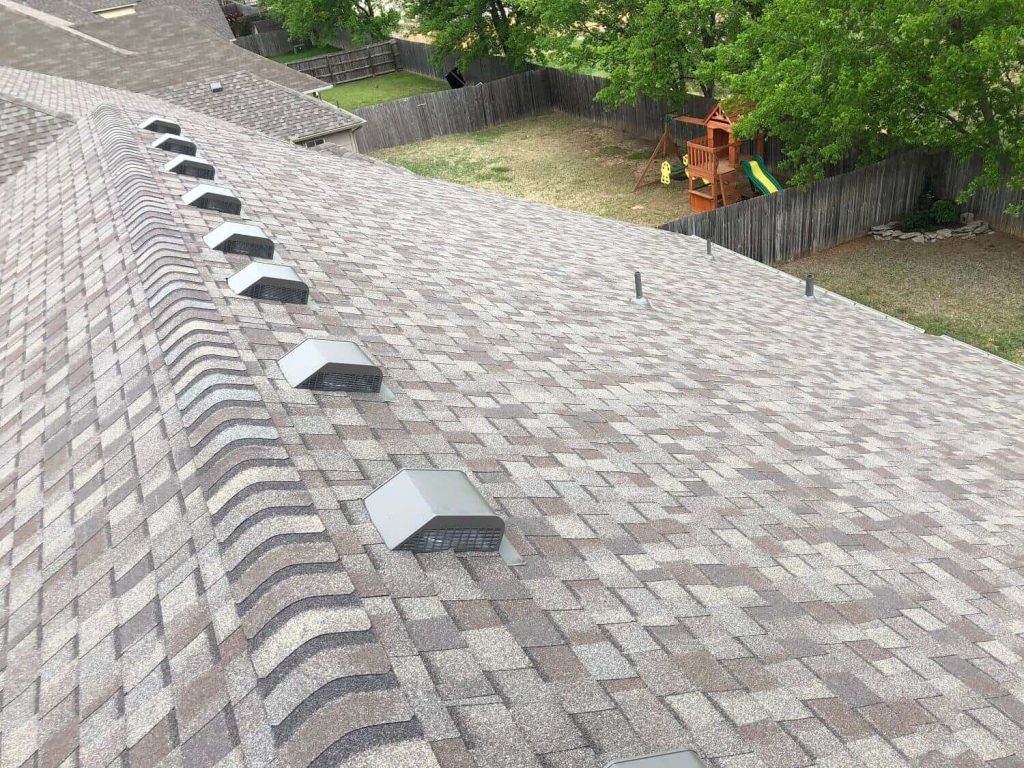
How Much Does A Shingle Roof Cost?
We are consistently asked, “How much does a shingle roof cost?” We wanted to go through how much a roof typically costs as well as some of the factors that can make that price increase or decrease. The first item to consider is that all roofs are not created equally. You might be asking what that means. Well, let’s consider a car. A particular make and model of a car rolls off the line essentially the same as the one before it and after it. Unlike those cars that are the same size and shape, roofs will vary from house to house. It’s this variance that causes vast price differences.
There are 4 basic factors for determining the cost of a roof:
- Size
- Pitch
- Style/Design
- Layers
Let’s look at all four.
Size
When considering size, it’s important to understand how roofs are measured. Roofs are measured in units called “squares.” One square is a 10’x10’ area. This equals 3 bundles of shingles. When factoring in the total number of squares, roofing materials including ridge and starter as well as the valleys of the roof should be accounted for.
Pitch
The term pitch refers to how steep a roof is. Now you might say, “I’m never getting on that roof; it’s steep enough!” That’s completely understandable. In the industry, there are 5 categories for pitches: Flat (0/12-3/12), Low/Standard (4/12-6/12 ), Medium (6/12-9/12), Steep (10/12-11/12), and very steep (12/12 and above). How do these pitches affect the price of the roof? The Flat roof requires certain materials specifically made for flat roofs as well as an increased application of ice and water shield, a product that protects the roof from water backup. These additional materials increase the price of the roof. The roof classified with a Low/Standard pitch is the least expensive to re-roof. Beyond this category, as the pitch of the roof increases, the pace of work decreases, thus increasing the cost of labor. Beginning at a 7/12 pitch, roofing materials begin to slide off the roof during the installation process. Consequently, extra safety precautions need to be followed. As the pitch increases, especially around the 10/12-12/12 measurement, expect the price to greatly increase.
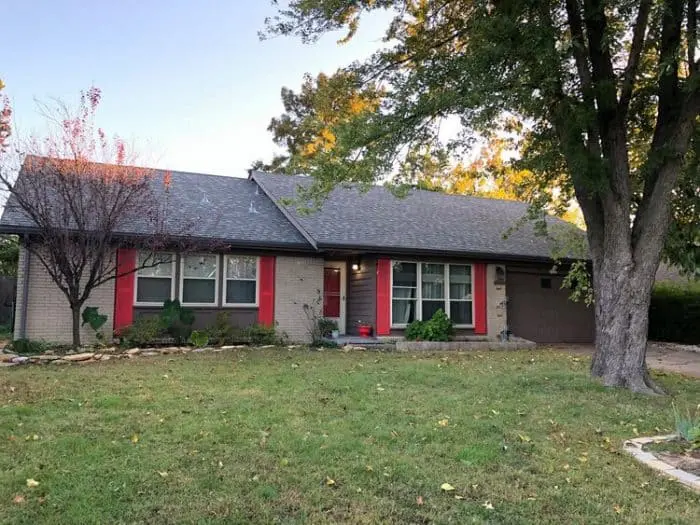

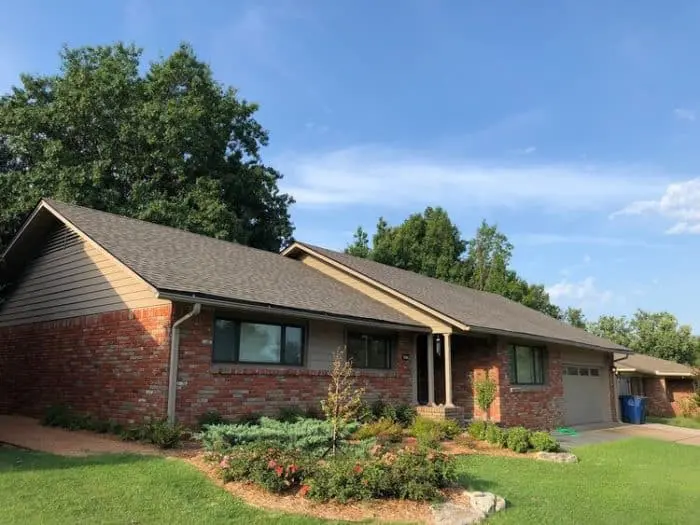
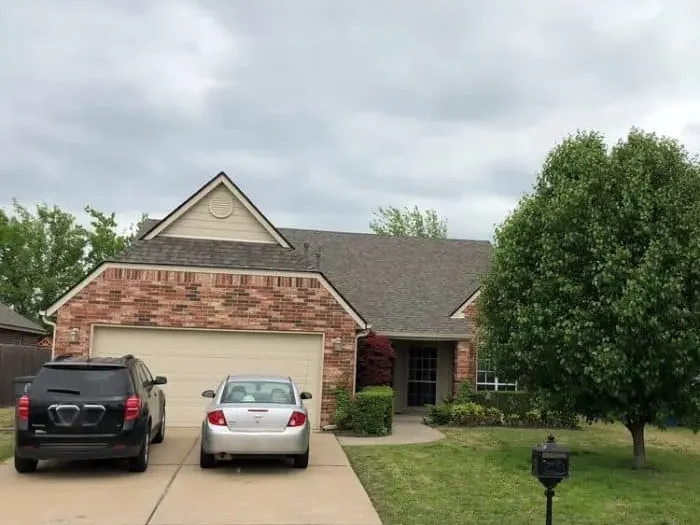
Style/Design
The style of the roof depends on a couple of different factors as well. For example, do you have changes in the pitch at different places on your roof or walls that have to be flashed? Is your roof one story, two stories, or a combination of the two? Does your roof have chimneys or skylights or dormers? How about valleys? These factors are considered when calculating the price of the roof.
Layers
Sometimes a roof can have more than one layer of shingles on it. For each additional layer, the price of labor increases as does the cost of disposal.
Two secondary components that play a role in pricing include:
- Shingle style
- Building codes
Shingle Style
Various types of shingles are on the market today—3-tab, dimensional or architectural, impact-resistant, and luxury. Shingle style can greatly increase or decrease the price of a roof. Three-tab shingles are the cheapest, thereby lessening the cost of your roofing project. They are, however, only rated for wind speeds of up to 60 mph and, therefore, are not recommended in high-wind areas such as Oklahoma. Dimensional or architectural shingles are the base model. Impact and luxury style shingles can increase the price per square from $30 a square, and luxury shingles can increase the price of the roof by hundreds per square.
Building Codes
Building codes vary by geographic location. For example, building codes are generally more stringent in colder climates such as Michigan because of the amount of snow and ice dams compared to warmer regions such as Oklahoma where snowfall is milder. Additionally, pricing to bring a roof up to code during a re-roof project depends upon the type of work that is necessary as well as the size of the roof. Addressing ventilation can range from $500 to thousands of dollars. Re-decking a roof to bring it up to code begins at approximately $3,000 and can go into the tens of thousands of dollars.
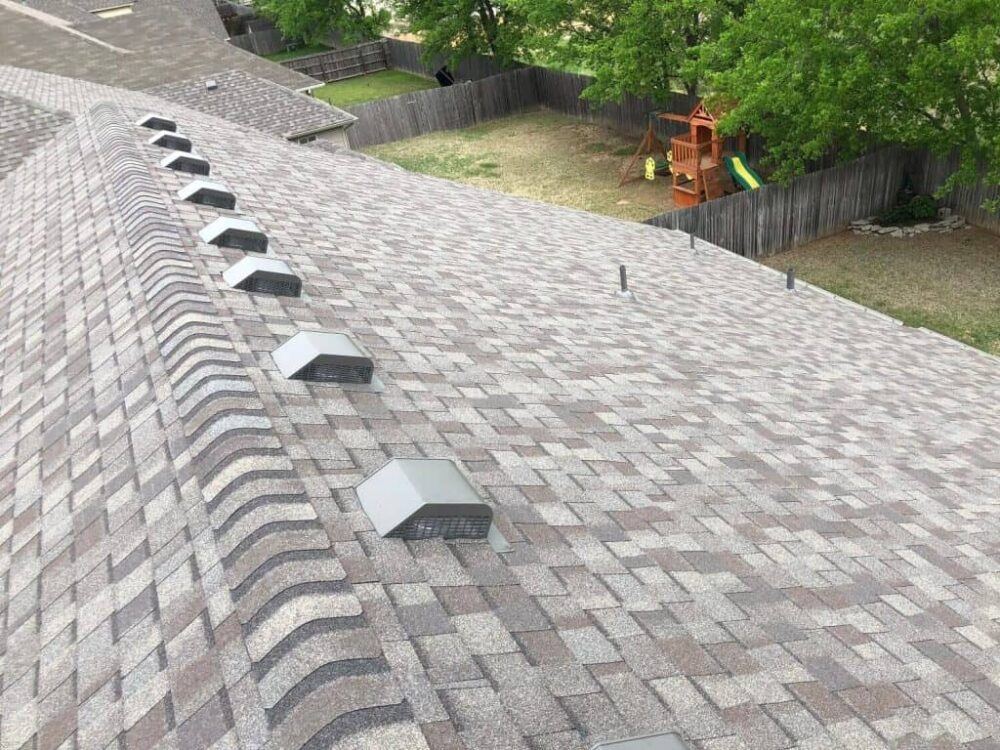
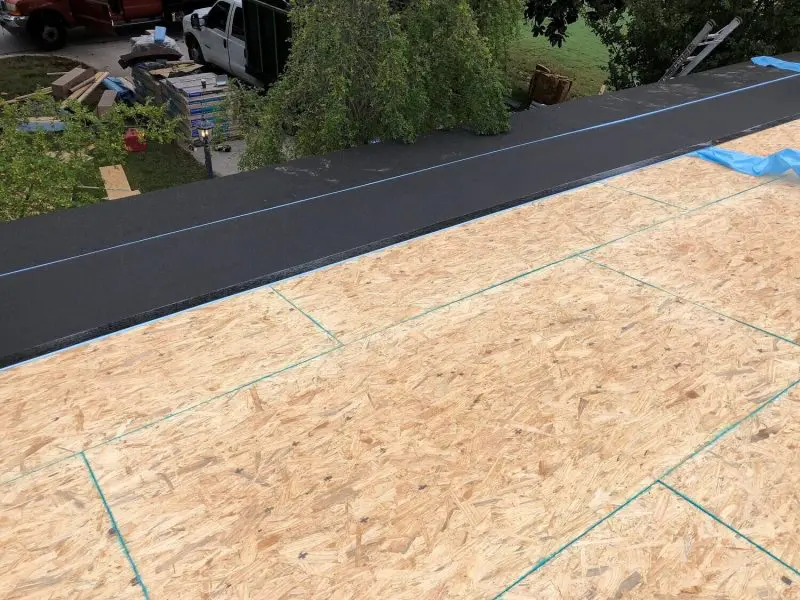
The bottom line
Based on all of these factors, the price of a roof is calculated. Most homes in America range between 20 and 40 squares. A 20-square, standard-pitch roof with little complexity generally starts around $6,000. A 40-square roof with the same pitch and complexity begins at around $12,000. These prices include tearing off the current roof completely and replacing all components on the roof with new ones. Homeowners have asked us if they can remove the shingles and have us complete the installation only. This is possible, but many times homeowners have underestimated the amount of time and physical effort that it takes. Removing the existing roof isn’t as easy as pulling up existing carpeting. We don’t recommend this option to save money. Shingle upgrades and building codes will affect these prices. It would be reasonable to budget an additional 1 to 2 thousand dollars for a $6,000 roof and 2 to 4 thousand dollars for a $12,000 roof for any building codes that may apply or shingle upgrades that you may be interested in. Think of this $6,000 or $12,000 price tag as the base model roof. Roofs that range from 40 squares to 90 squares typically have a more complex style of roof. The price typically spans from $12,000 to $40,000 depending on the elements discussed.
If you have any further questions about any of the items addressed here, feel free to contact us.
